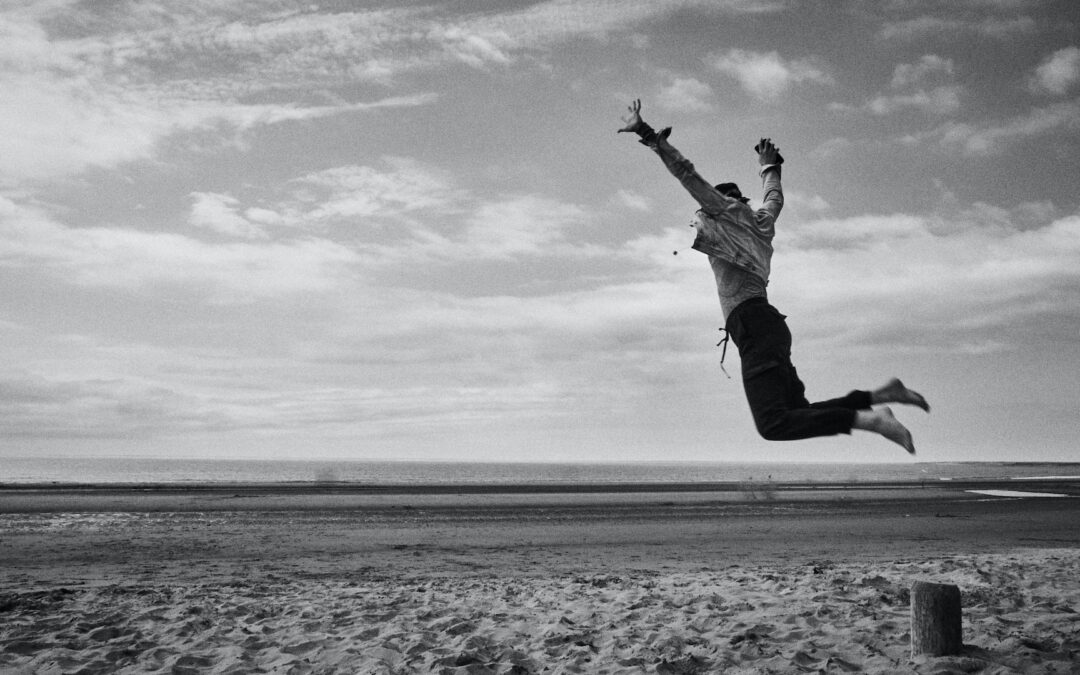Fear is a universal human experience. We all have something that terrifies us, whether it’s heights, public speaking, spiders, or something else entirely. The prospect of conquering these fears can often seem insurmountable, leaving us feeling trapped and limited in our lives. However, there is hope in the form of exposure therapy, a psychological technique that has proven effective in helping individuals confront their fears and regain control of their lives.
Understanding Exposure Therapy
At its core, exposure therapy is a psychological approach that hinges on the idea of gradual confrontation. It operates on the principle that the best way to overcome a fear is to face it head-on, albeit in small, manageable doses initially. The process involves systematically exposing yourself to the source of your fear, increasing the intensity as you grow more comfortable. For instance, if you have a fear of heights, you wouldn’t start at the top of the Eiffel Tower. Instead, you might begin with a second-floor balcony and progressively work your way up to higher altitudes.
The underlying mechanism at play here is the human mind’s remarkable ability to form associations. Most fears are rooted in past traumatic experiences or negative associations, and exposure therapy aims to rewrite these associations. By gradually exposing yourself to the feared stimulus, you desensitize your mind, changing the way it perceives and responds to the source of fear.
The Power of Past Traumas
To effectively conquer a fear, it’s essential to understand where it originates. Our deepest fears are often linked to past traumatic events or experiences. For example, in the case of Sarah and Emily, their fear of driving was deeply rooted in their individual pasts. Sarah’s fear stemmed from a traumatic childhood car accident, while Emily’s fear was fueled by her father’s excessive warnings about driving. By acknowledging the source of their fears, these women took the first crucial step towards conquering them.
Processing Emotions Through Exposure
Exposure therapy isn’t just about facing your fear; it’s also a process of confronting and processing the associated emotions. Sarah’s paranoia and Emily’s self-criticism became evident during their driving sessions. This emotional processing is a vital aspect of the exposure therapy journey. It allows individuals to regain control over their fears by coming to terms with the emotions that have been holding them back.
Orthogonal Exposure – A Surprising Technique
While gradually exposing oneself to the actual fear is a common practice in exposure therapy, there’s another, lesser-known technique: orthogonal exposure. This approach involves engaging in activities related to the fear but different enough to broaden your comfort zone. By doing so, you create new associations and build self-confidence. For example, Paul Graham overcame his fear of flying by learning to hang glide.
Orthogonal exposure provides a wider surface area to create new associations and build self-confidence. It allows individuals to step outside their comfort zones without diving directly into their primary fear, making the journey less intimidating.
Altitude Training for Fear
Altitude training, a concept familiar to elite athletes, can also be applied to overcoming fear. Just as athletes train at high altitudes to perform better at lower altitudes, individuals can amplify the difficulty or complexity of their fear-inducing activity (without overwhelming themselves). This prepares them to face the normal version of the fear with greater ease.
Emily and Sarah’s experience of driving fast cars at the racetrack illustrates this concept. By pushing themselves to drive at speeds far beyond what they were initially comfortable with, they not only conquered their fear but also built the confidence to handle more ordinary driving situations.
Making It Fun
A crucial aspect of conquering fear is finding ways to make the process enjoyable. Injecting an element of fun can help alleviate fear and create positive associations with the activity. Emily and Sarah experienced this firsthand as they drove a Lamborghini down the Las Vegas Strip. The positive attention and validation they received for their driving skills transformed their perception of driving from a fearful task into an enjoyable adventure.
The Role of Friendship
Having a supportive friend or ally can be a significant asset in conquering fear. Emily and Sarah’s journey was made more manageable by their mutual encouragement, accountability, and shared commitment to overcoming their fear of driving. Finding someone who shares your goals and fears can provide the emotional support needed to face daunting challenges head-on.
Setting Stakes and Creating Consequences
Fully committing to conquering a fear often involves setting stakes for oneself and establishing consequences for not following through. This added layer of accountability can help individuals stay motivated and dedicated to facing their fears. Whether it’s through personal commitment or external accountability, creating stakes and consequences can be a powerful motivator.
Conclusion
In conclusion, exposure therapy offers a structured and effective approach to conquering fear. By gradually confronting the source of fear, understanding its origins, processing associated emotions, and utilizing strategies like orthogonal exposure and altitude training, individuals can rewrite their relationship with fear. Making the process enjoyable and seeking the support of friends or allies further enhances the chances of success. Ultimately, the journey to overcoming fear is a transformative experience that reshapes one’s perception of what is possible and opens up new horizons in life. So, what fear is holding you back? It’s time to take the first step towards conquering it and unlocking your true potential.

